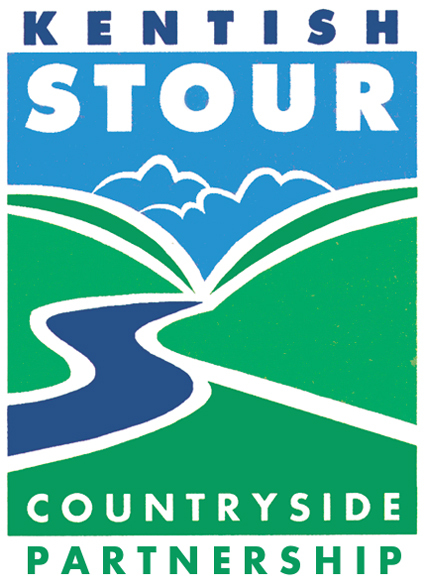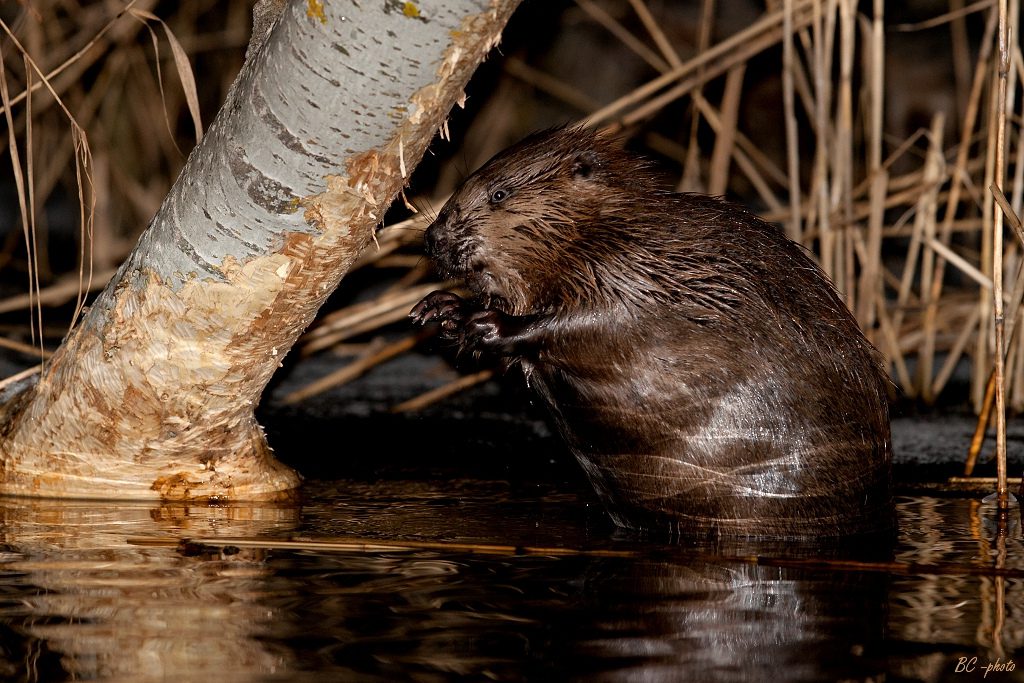Beaver
After an absence of centuries, the beaver has made a comeback to Britain, with several reintroductions into wetland areas. Following a release at Kent Wildlife Trust’s Ham Fen Nature Reserve, parts of the Stour Catchment are becoming a stronghold for this large aquatic rodent. They are mainly active at dawn and dusk and are not easy to see – an organised activity is probably the best way to get a sighting. The signs of beaver presence are much easier to find, particularly where they have gnawed trees. They feed on tree bark, particularly in winter, while in the spring and summer they will eat pond weeds, grasses leaves and other plant matter – their diet is entirely vegetarian. Beavers are a protected species.
The reason behind bringing beaver back is that their activity – coppicing trees, building dams, creating ponds and narrow water channels – is a very effective way of managing river corridors and wetlands for a range of other species. Beavers are known as ‘ecosystem engineers’ and can bring a positive transformation to wetland landscapes with previously declining wildlife populations. This approach works because our native wetland wildlife has evolved alongside beavers and is adapted to their activity, so when beavers are brought back there is often an explosion of biodiversity.
KSCP sit on the East Kent Beaver Advisory Group. This group, established in 2019, is a collaboration between many agencies also including Kent Wildlife Trust, Environment Agency, Natural England, Wildwood Trust, River Stour Internal Drainage Board and Beaver Trust. This group works towards creating harmonious coexistence between beavers and people.
Please report any beaver sightings: beavers@wildlifegateway.org.uk

